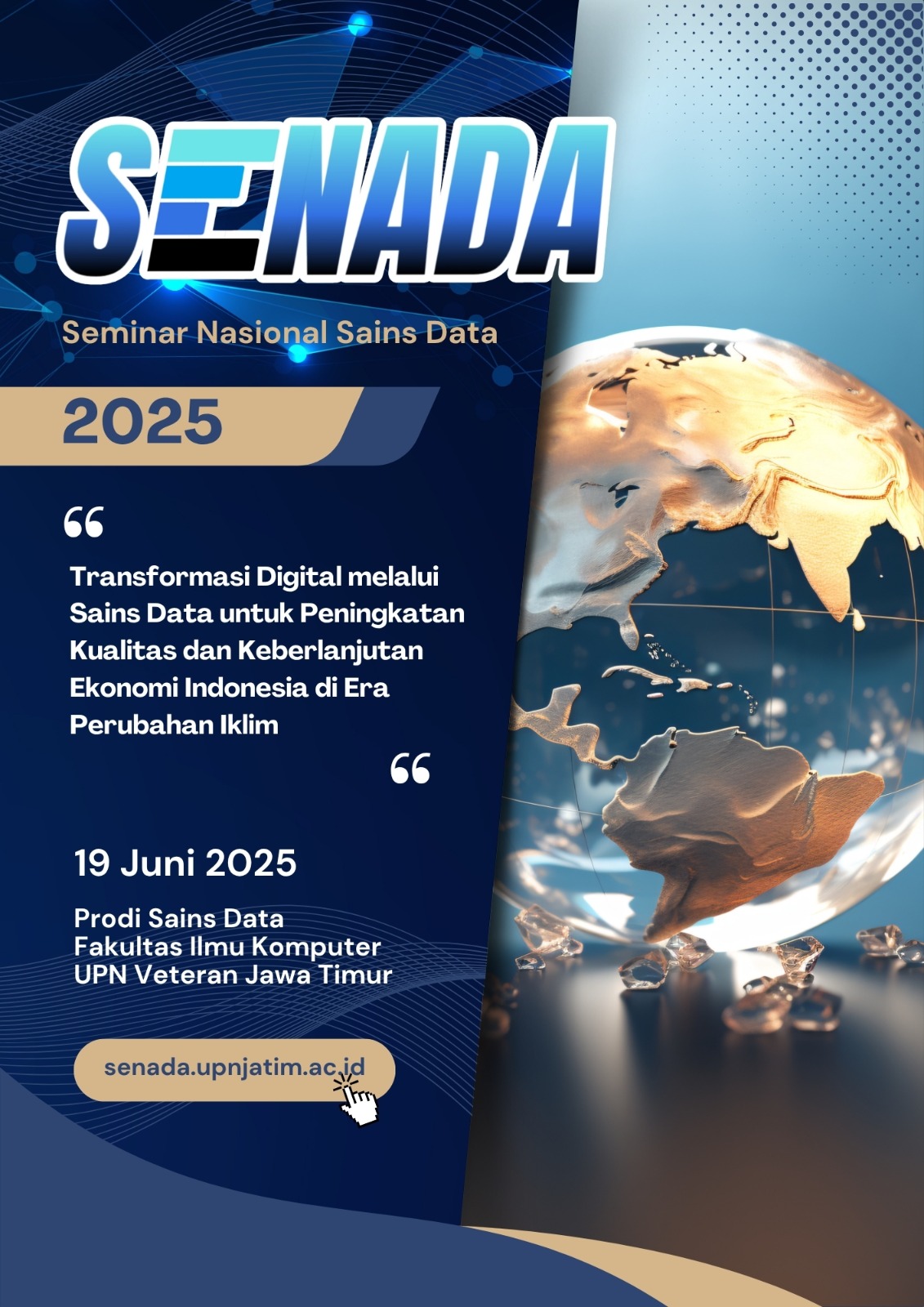Penerapan Geographically and Temporally Weighted Regression (GTWR) dalam Menganalisis Tingkat Pengangguran Terbuka di Indonesia
Abstract
The Open Unemployment Rate (OUR) is a key indicator for measuring labor market absorption and reflects the employment condition of a region. A high OUR in Indonesia indicates an imbalance between labor supply and demand, which may impact economic growth and societal welfare. This study aims to analyze the influence of social, economic, and environmental factors on OUR across 34 provinces in Indonesia during the 2019–2023 period using a spatio-temporal approach. The Geographically Weighted Regression (GWR) method is employed to capture spatial variation, while the Geographically and Temporally Weighted Regression (GTWR) method is applied to simultaneously account for spatial and temporal variation. The best model is selected based on the lowest Akaike Information Criterion (AIC), the highest R², and the lowest Cross-Validation (CV) value. The GTWR model with an adaptive tricube kernel weighting shows the best performance with an AIC of 196.8463, R² of 0.9776, and a MAPE of 3.1626. These results indicate that the GTWR model provides more accurate and context-sensitive estimates, making it a valuable tool for policymakers in formulating more effective and region-specific strategies to reduce unemployment.





